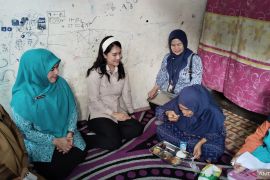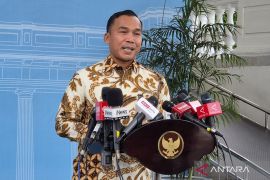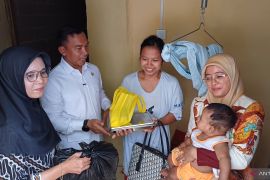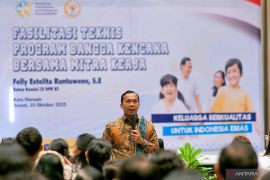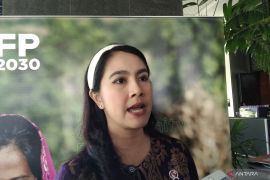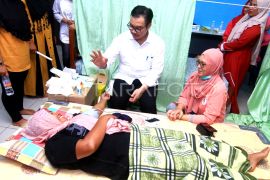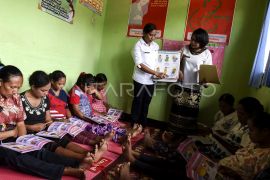This was conveyed by Deputy Minister for Population and Family Development Isyana Bagoes Oka during the High-Level Meeting of the Committee on Population, Family Development, and Family Planning Policies in Jakarta on Thursday.
Oka said the GDPK is part of the government’s broader efforts to strengthen human resources in family planning and development, particularly with a focus on villages.
“The GDPK serves as a strategic guideline in addressing various population development challenges through innovative, inclusive studies that reach all segments of society,” she stated.
She emphasized that population, family development, and family planning programs must be implemented in harmony to ensure a balance in population quality, quantity, and distribution, while also maintaining environmental sustainability.
The GDPK’s main goals include improving access to and the quality of family planning services in order to reduce the national total fertility rate (TFR) to 2.11, and to lower maternal and child mortality rates.
Oka also underlined the importance of climate change adaptation, disaster management, and efficient program implementation through cross-sector coordination, as highlighted in the GDPK.
“Every individual should have access to health services, education, and balanced nutrition from an early age. Climate change adaptation is also part of this grand design,” she added.
According to the 2024 Family Data Collection, Indonesia is home to 75.65 million families. To support the initiative, the ministry has deployed 18,168 family planning counselors and field officers who play a vital role at the grassroots level.
Related news: BKKBN integrates population policies with National Nutrition Program
Related news: Indonesia integrates systems to streamline family planning data
Translator: Prasetyo, Kenzu
Editor: Anton Santoso
Copyright © ANTARA 2025

